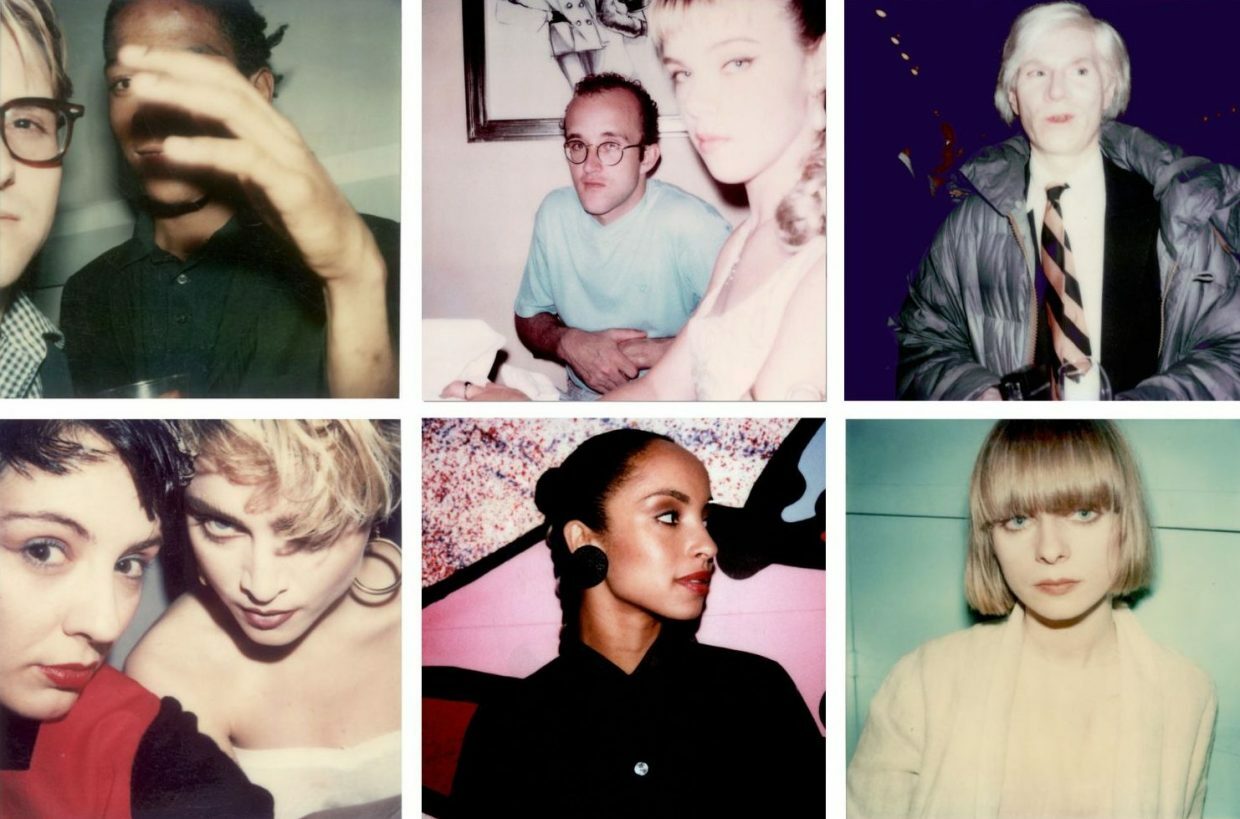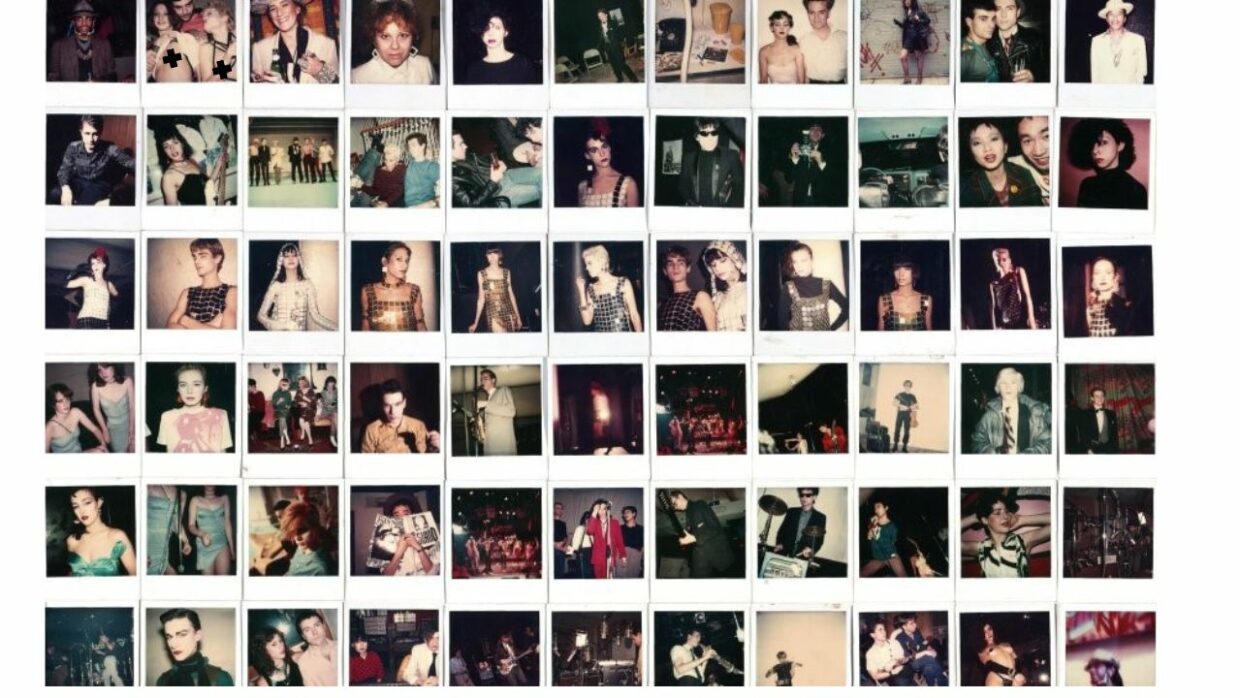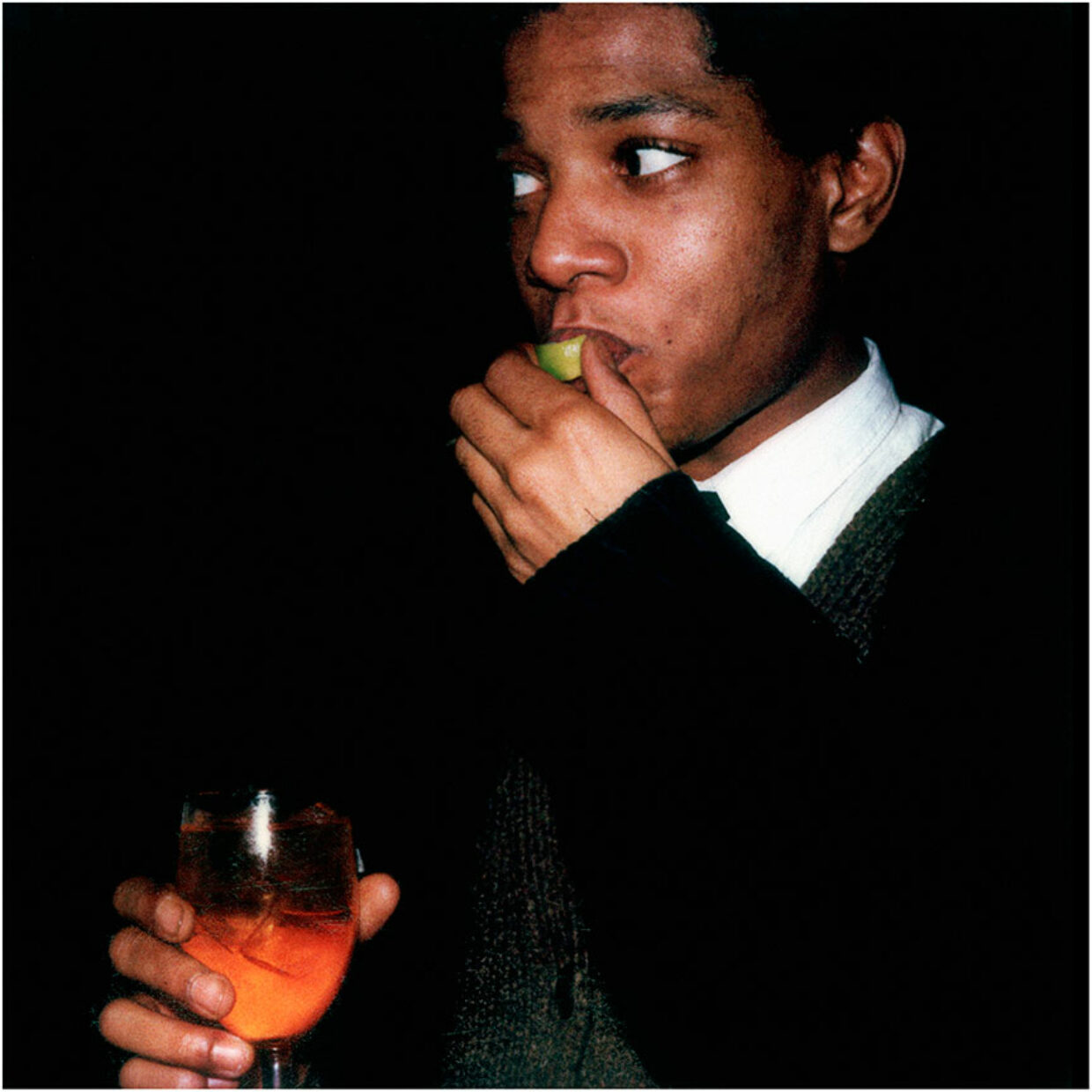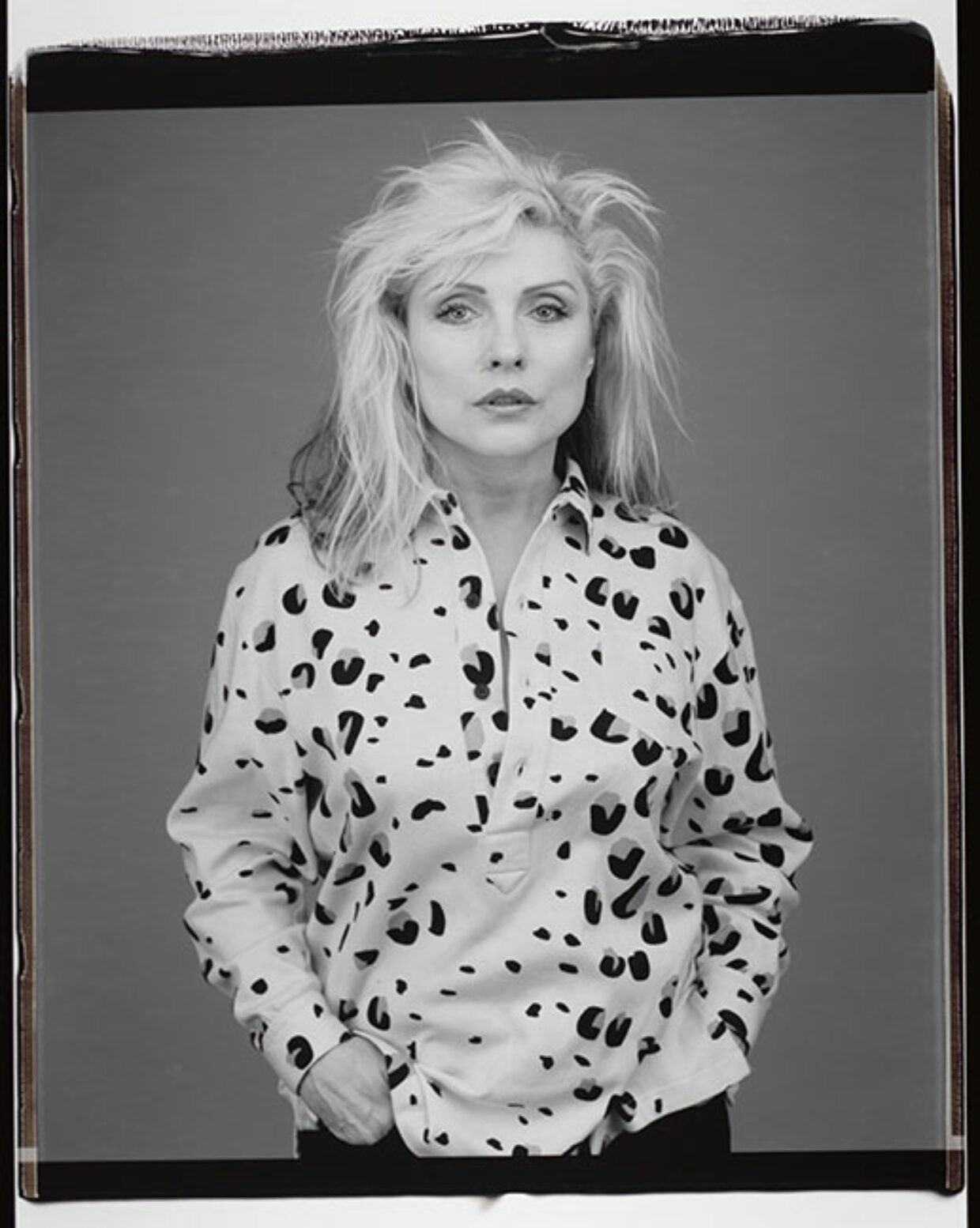But in fact, from capturing close friends Jean-Michel Basquiat, Keith Haring, and Madonna through the ‘80s in New York City, to styling superstar music artists and art directing for Fiorucci, Maripol’s entire career has embodied the influence of the streets.
Following stops in New York, London and Los Angeles, Beyond The Streets is the largest street art showcase to ever land in China.
Kim Stephens, one of the curators behind the traveling exhibition, explains how the Polaroid star wonderfully reflects the core essence of the show. “Maripol captured a pivotal moment when all these cultures were colliding in New York City,” she says. “The photographs are iconic; they have an immediacy and intimacy of icons photographed with their friends, by a friend. Artists immortalized by an artist.”
Expressing how much of a pleasure it is to show in the mainland, Maripol tells Jing Daily, “I love the openness of Chinese people. They’re very social and accepting of you when you’re a foreigner. They embrace you there.” This is not her first time exhibiting in the country either, having just shown 300 of her images at the UCCA in Beijing in the Somewhere Downtown exhibition, which ran from October 1, 2022 to January 29, 2023.
Her famed Polaroid shots of the ‘80s, when graffiti artists were living in their heyday, capture the era before social media exhibitionism took hold of the direction of artists. The imagery portrays that distinct evolution of both art and fashion.
“It was always a moment-catching thing,” says Maripol, fondly remembering the Studio 54 days of shooting stars in New York City.
“I would bump into American graffiti artist Futura or Jean-Michel Basquiat, and take pictures of them at that moment. My Polaroid was the iPhone of love. People accepted spontaneously because of love, because of joy and communication. My photos didn’t come out for 30 years. They were in boxes, and that’s what saved them, because they were never in shows. They weren’t seen.”
Artists today have such a conscious awareness of how they are projecting themselves. Therefore, the nostalgic shots in Beyond The Streets capture a lost essence of artists, an era of careless vulnerability in front of a camera.
Though that characterization of what it means to be famous was still present, as the French creative puts it: “I love the word ego because to be an artist, you have to be ego-centric. Otherwise you don’t exist.[…] A lot of the people that I shot were not stars, but they became stars afterwards.”
Fashion meets art
Since starting her Polaroid camera love affair in 1977, Maripol has been immersed in the blurring fashion and art worlds.
The talent, who later became known for creating some of the most influential looks and accessories for stars like Grace Jones and Madonna, became art director for Fiorucci within just a year of her move from France to NYC.
Fellow Studio 54-goer Jones was the first to model her soon-popular rubber bracelets in 1977, those that actually attracted the Italian brand to scout her.
At Fiorucci, Maripol fondly remembers the concession in-store where the brand allowed her to sell her own jewelry designs: “We invited designers to collaborate on my concession. Keith Haring had his first show there, and so did Kenny Scharf. We would have other artists like Colette, who lived in the window for a week as part of an art installation. It wasn’t just a store, it was an event,” she explains.
That lively collaborative atmosphere was possible due to the financial support of Fiorucci. But when she started her own jewelry gallery store in the mid-80s, she soon learned about the tribulations of being an independent designer.
Even prior to the rise of e-commerce, retail proved tricky. “I would call it a trauma, really. I suffered, I actually became sick,” says Maripol. “I want to help young designers now, because I know how hard it was for me, even when I was on the top of my game. Everything came falling down and I had to close the boutique.”
That has far from dampened her enthusiasm for the industry, though. She says, “I’ll always love fashion. Whether I’m going to be designing my own line or photographing or consulting.”
Maripol’s Polaroid magic has been recognized through collaborations over the years with labels like Marc Jacobs, Valentino, and notably Dior, having built a solid friendship with creative director Maria Grazia Chiuri. Working as a stylist and photographer, she continues to bring her nostalgic and free-spiriting Polaroid work to the French house, working with Chiuri on campaigns since 2016.
“I’m so thankful and grateful to work with Maria Grazia. She is the only woman who is head of a couture house. It’s tough.” Maripol continues, “She’s always featuring female artists in her works. She loves me and I love her.”
Multifaceted magnate
Through her multifaceted career that has wonderfully merged the worlds of art, music, and style, Maripol has seen the luxury fashion industry evolve firsthand. When quizzed on what has changed most, she describes the evolution of the luxury consumer.
“Before Karl Lagerfeld came to the house of Chanel, the brand was for old ladies, and so was Gucci,” she explains, detailing the start of the fashion industry’s movement toward the mainstream.
“Madison Avenue used to be for older people. Young people used to just go to thrift stores in New York City,” says Maripol. “We would use our imagination, going back into the decades… dressing in the ’40s, ’50s, the ‘60s and so on. There was a lot of Motown influence.”
Fast forward to today’s sneaker-dominated luxury industry, and even the heritage European houses are targeting Generation Z first and foremost. As she rightly says, “Brands have the power to create what they want, whenever they want. It’s a race of who is going to be on top.”
The rise of streetwear is not seen negatively by the artist, though, who is actually sitting at home in track pants while we talk on the phone. “One thing you have to realize is that the street influenced designers more than the other way around. We are celebrating 50 years of hip-hop, and if there’s anything that hip-hop influenced it’s streetwear. Brands want to catch those consumers.”
She describes streetwear as a snake eating its own tail. “It’s not negative, it’s just a natural evolution. Put it this way, if we go back to prehistoric times when cavemen were communicating on the walls and creating the first ever kind of graffiti, that has evolved into an art-form. Just as clothing was used for survival and has turned into a creative industry.”
This grasp on fashion’s connection to human nature is behind Maripol’s success as a stylist. Ever more important to an industry that is fast-paced and superficial, the humanity of fashion and art is undeniably at the core of all of her success.
To Maripol, ever since her teenage years, fashion has been a costume carving one’s personality.
Brands today would do well to learn from the authenticity that lies within personal style, which shapes the subcultures that fashion trends orbit, but more importantly, that moving collaboratively between the arts is what makes the fashion world go round.





